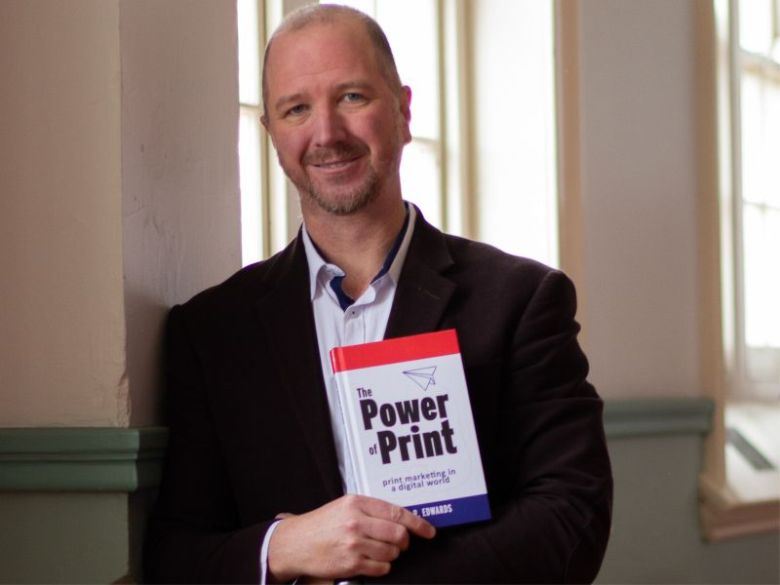
This article was written by Posterboy Printing’s Daniel Edwards
I’ve seen the words ‘add value’ a lot of times. It’s usually attached to one form of capital expense or another. Variable data printing was the big for a while. Embellishment and automation are the new things. The technology changes, but the solution is still the same. Capital expense to increase capability and “add value”.
But the reality of the ‘CAPEX add-value’ approach is that the technology purchase is the beginning not the end of the story.
Because to sweat the new asset, it needs to be marketed. This is a problem because many printers are great at sales and customer service, but not great at marketing. Meaning after they buy the capability, they will struggle to fully leverage it.
If you have one hundred products, ten will be in Column A and are selling consistently, while 90 are in Column B, and sell rarely, if ever. Yes, new ‘add value’ technology will add another 20 products to your total product list, but they will go straight into Column B until they are successfully marketed. Until the market knows about your new capability, no one will buy it.
In contrast the Six Principles approach to adding value is all about actively communicating your existing production capabilities. Creating opportunities to start talking to customers about existing products from Column A and Column B.
Consultative Selling
I’ve been selling print for 20 years using consultative selling, asking questions then presenting solutions. But consultative selling is constrained by the brief, because it is always in response to the brief. There is little pushback. Which is a problem because expert pushback is where mediocre concepts develop into great executions.
The Six Principles approach is an augmentation to consultative sales. Creating a space for pushing back against the brief by actively looking for and presenting improvements. Rather than delivering solutions, it delivers solutions with improvements. Critiquing the brief and improving the piece with expert advice is what creates value, which in turn increases invoice size and production time.
Pushing back is not being pushy. Putting forward your suggestion for the customers consideration is enough. It’s not necessarily to persuade the customer to follow your advice.
Rather it’s about establishing yourself as an expert through offering expert advice, and opening a dialogue about improving their print. It is the dialog that will differentiate you from competitors who simply offered a solution based on the brief. It is the subtle shift in focus from getting it done, to making it great that creates value.
Comment below to have your say on this story.
If you have a news story or tip-off, get in touch at editorial@sprinter.com.au.
Sign up to the Sprinter newsletter
